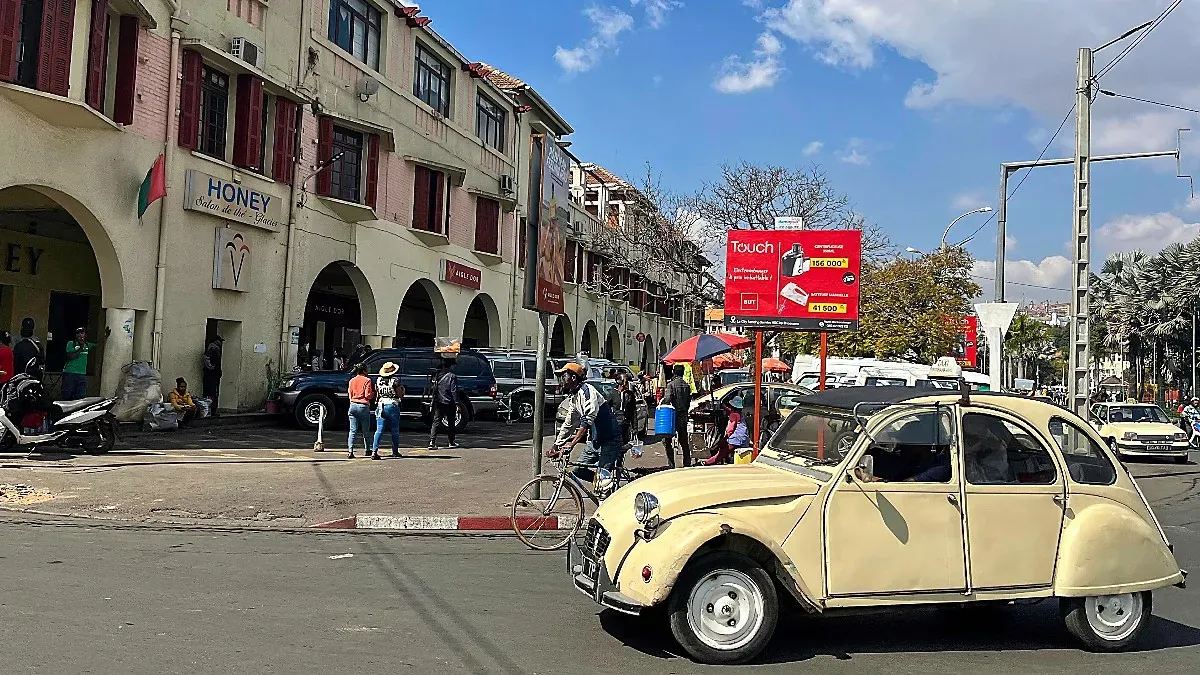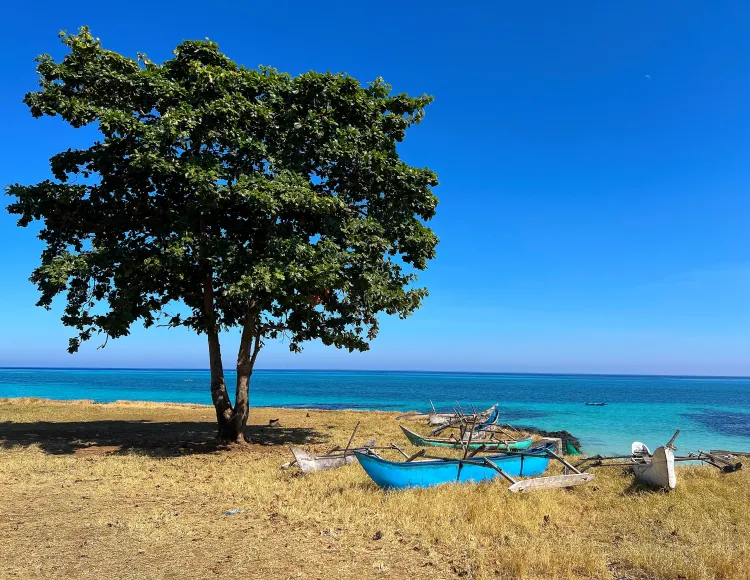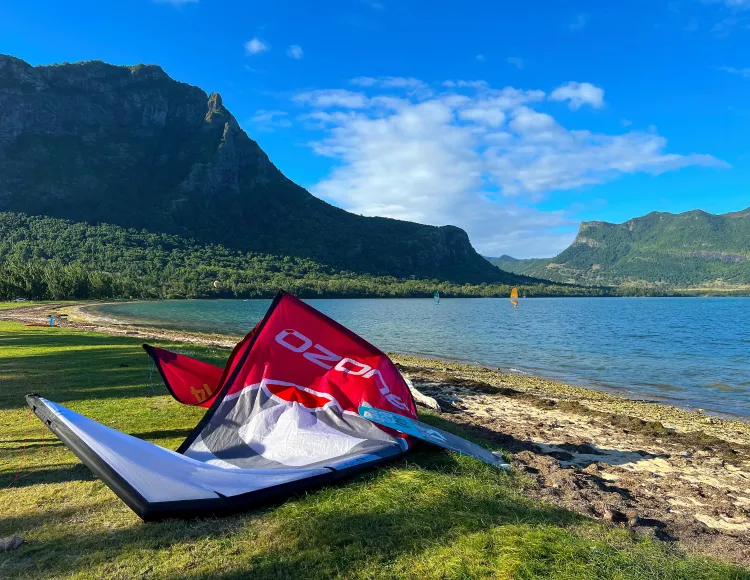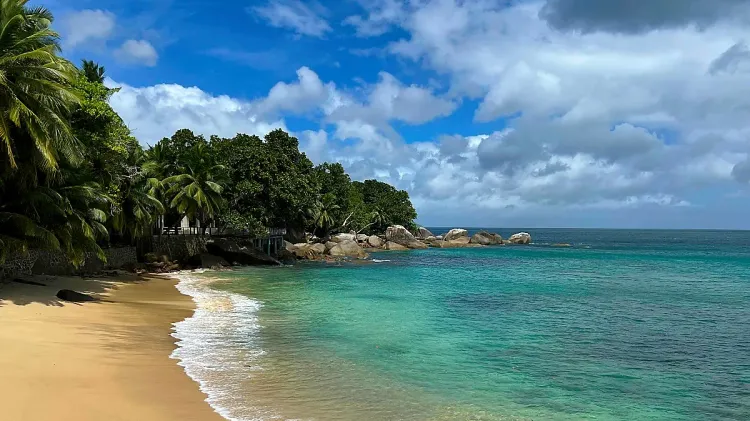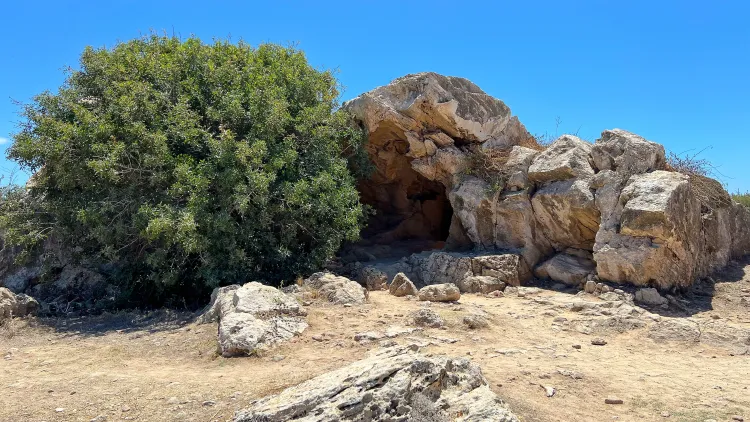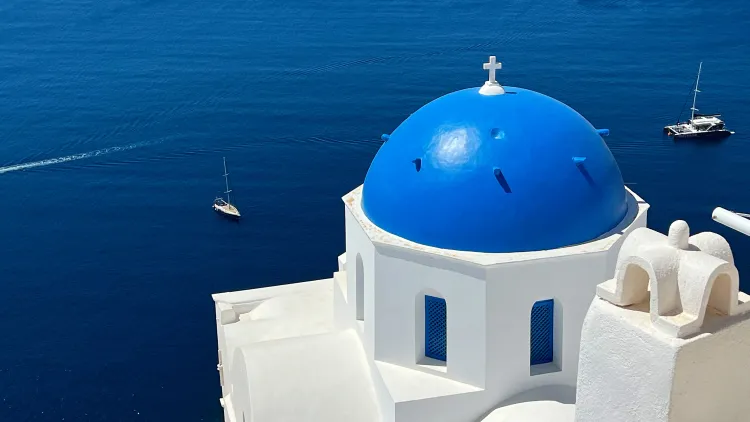Journal #71 - Madagascar
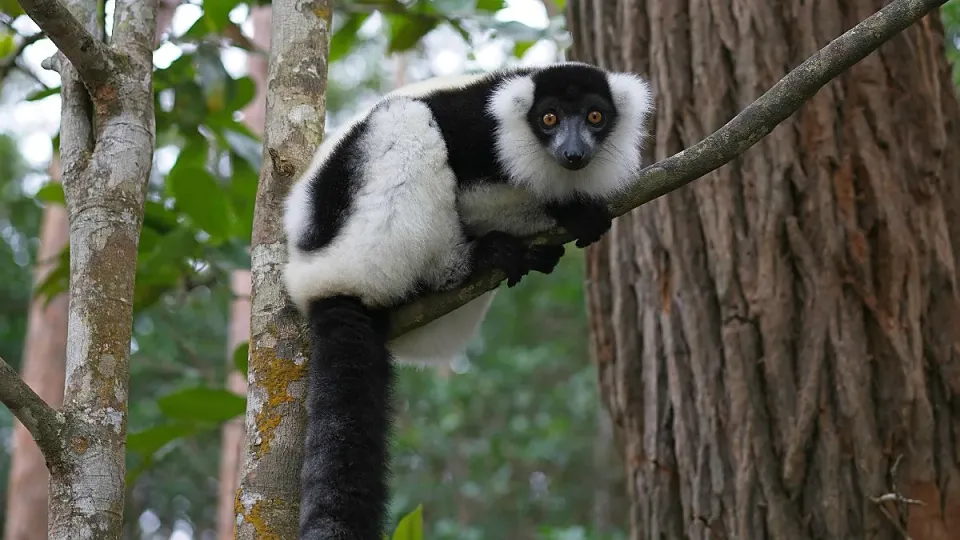
Salama from Madagascar!
Mr. Wanderer and I arrived late in the afternoon, so our first real view of the city was through the car window as we drove out of "Tana". The setting sun reflected in the water of the rice paddies and blinded us as we worked our way through the haze of the bumpy dirt roads. What had been a crowded capital quickly disappeared into a flat, rural town after dark - that did not mean it was inactive though.
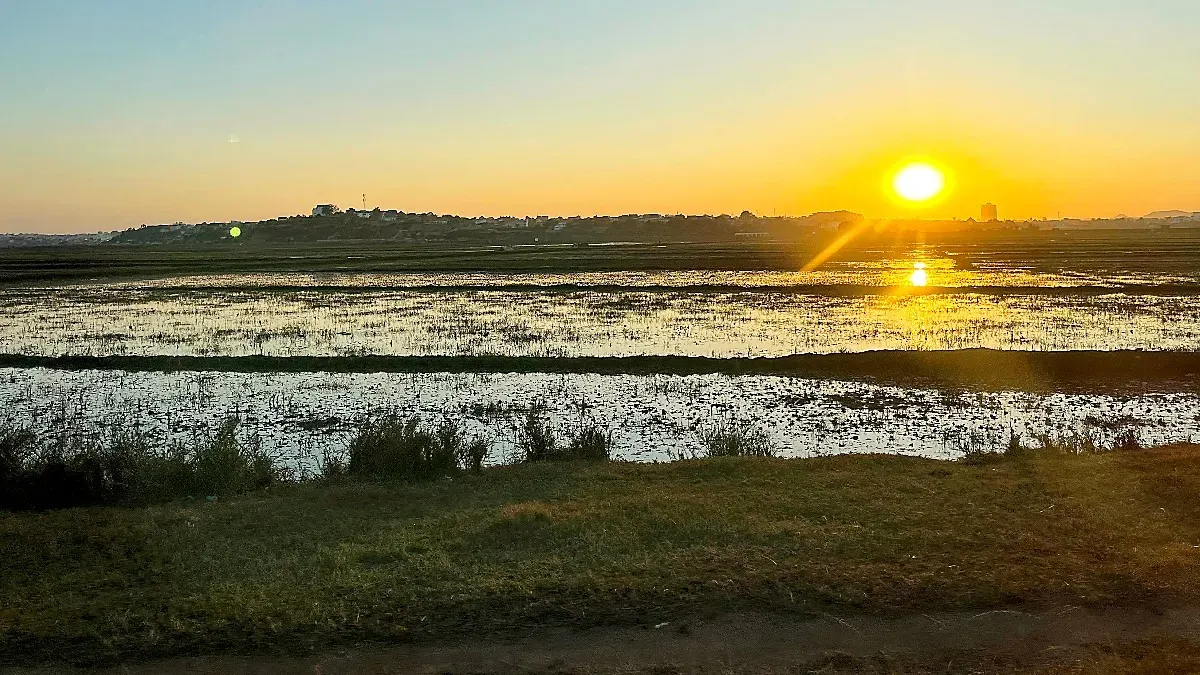
We caught so many tidbits of life in Madagascar as we took that first drive. We saw the stalls of the night markets selling clothing, electronics, and food. We watched people pack up their storefronts for the evening or plant themselves in a comfy chair to people-watch. We also saw, several times, a crowd of men encircling a card table and rapidly placing their bets.
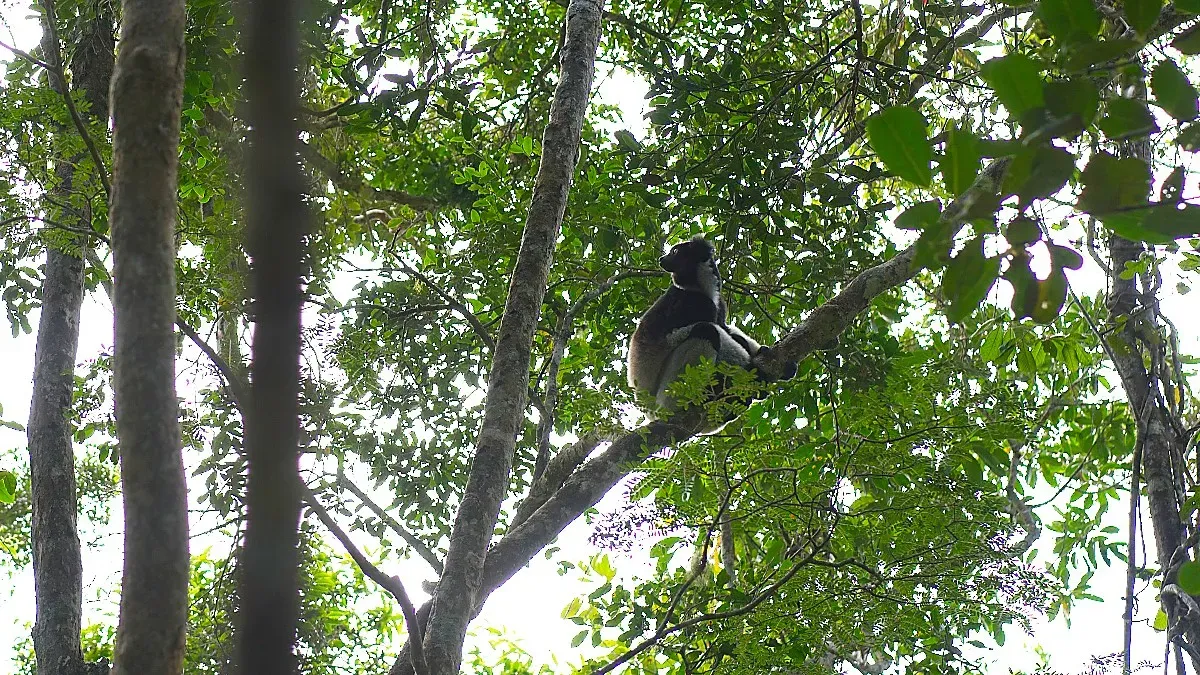
This initial drive brought us to the eastern part of Madagascar, Andisibe. It was here that we got to dive straight into the world of lemurs. There are something like 112 different species of lemurs (maybe more!) so we obviously did not see them all, but we saw many. Our first morning started off with a walk through the national park in search of what we could find, and we were thrilled to spot some Indris. These black-and-white beauties are one of the largest species of lemur and have a ghost-like call that echoes through the tree tops. We saw some bounce to find one another pausing to howl in their eerie way.
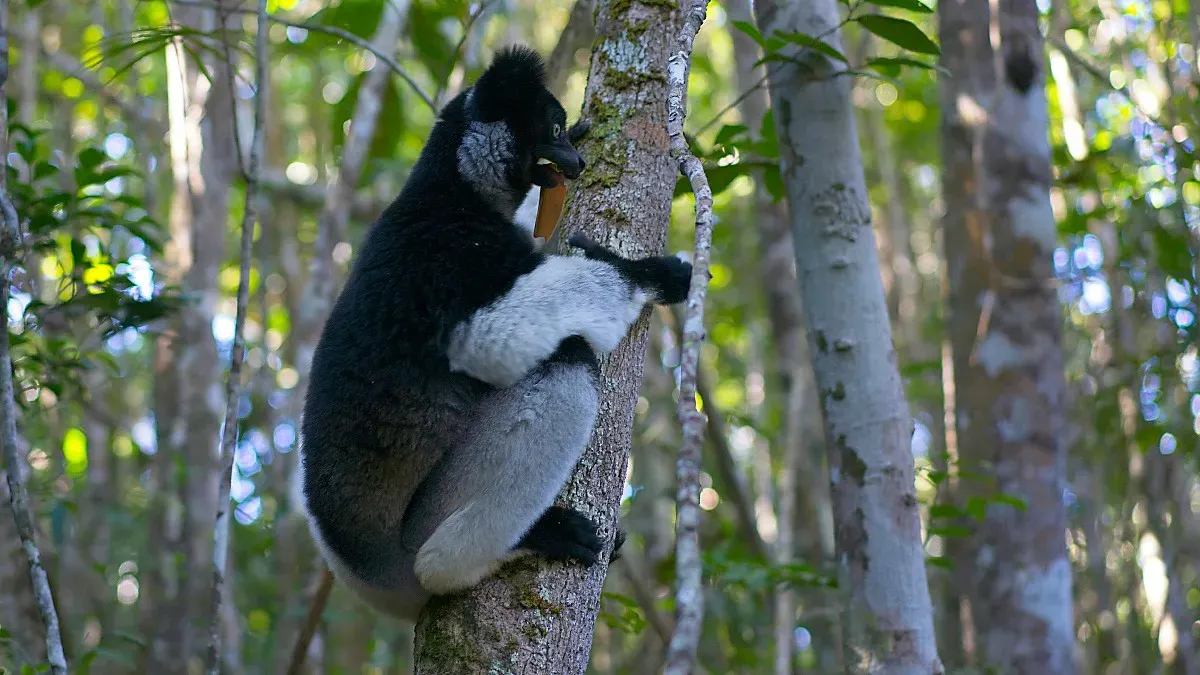
When the Indris outpaced us through the jungle, we searched for other species. We struck out on a few, but did manage to spot several "sifaks" (Diademed Sifaka). These lemurs were adorable and playful with one another. They started showing off for the camera, dangling upside-down and prodding one another. We watched them bound in from all different directions to groom and feed together.
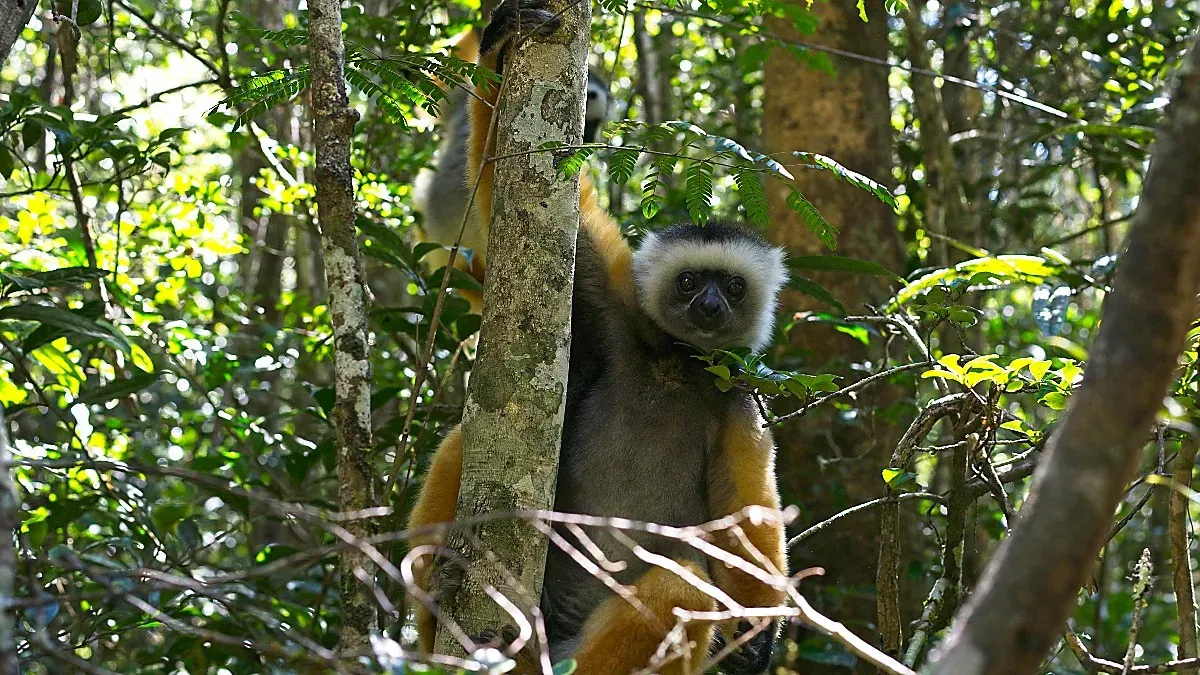
Another major benefit of traveling to this part of Madagascar was to visit Lemur Island. Owned by one of the hotels here, it is a reserve that rescues captive lemurs who cannot be reintroduced to the wild and has them live with others of their species on an island. There are several islands (to separate the different species), and the moats that run between them keep the lemurs apart because they cannot swim. So we could stand on one island and look at another filled with lemurs hopping over to a food deposit.
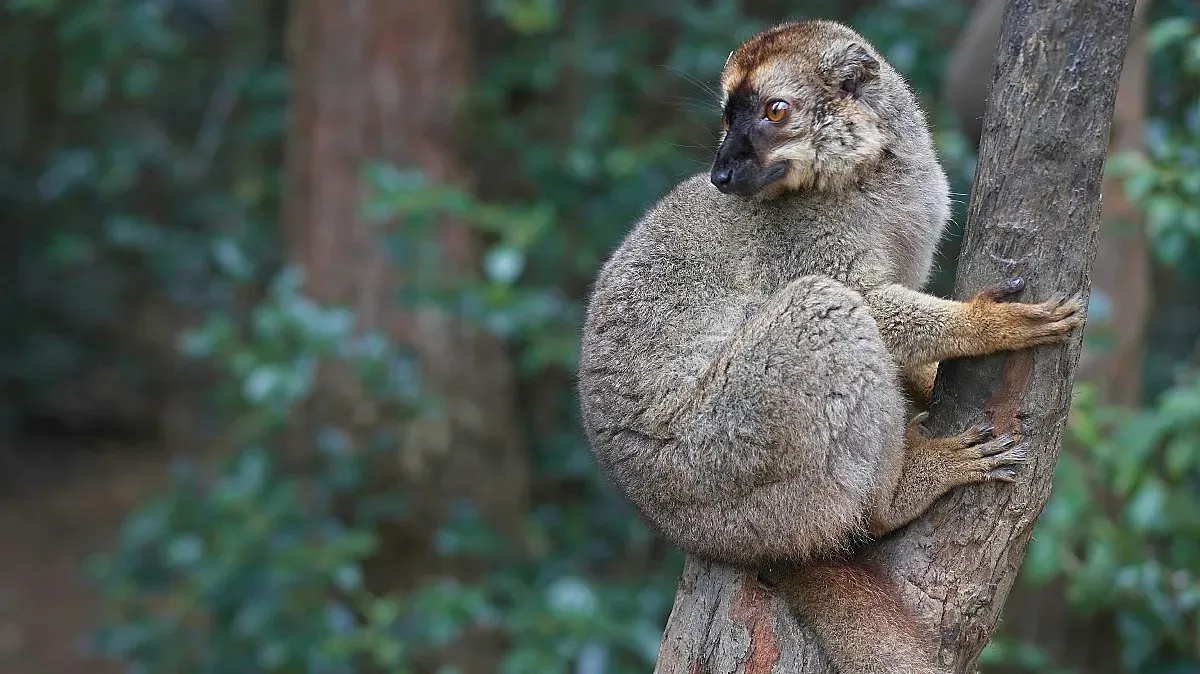
This was a common visual because when any of the sifaks touched the ground, they sprang up like they had just touched hot coals. They hopped across the ground the way you move a token around a gameboard. It got even funnier to watch when food was involved. Suddenly, there were five lemurs all playing hot lava with the ground as they descended upon the meal table.
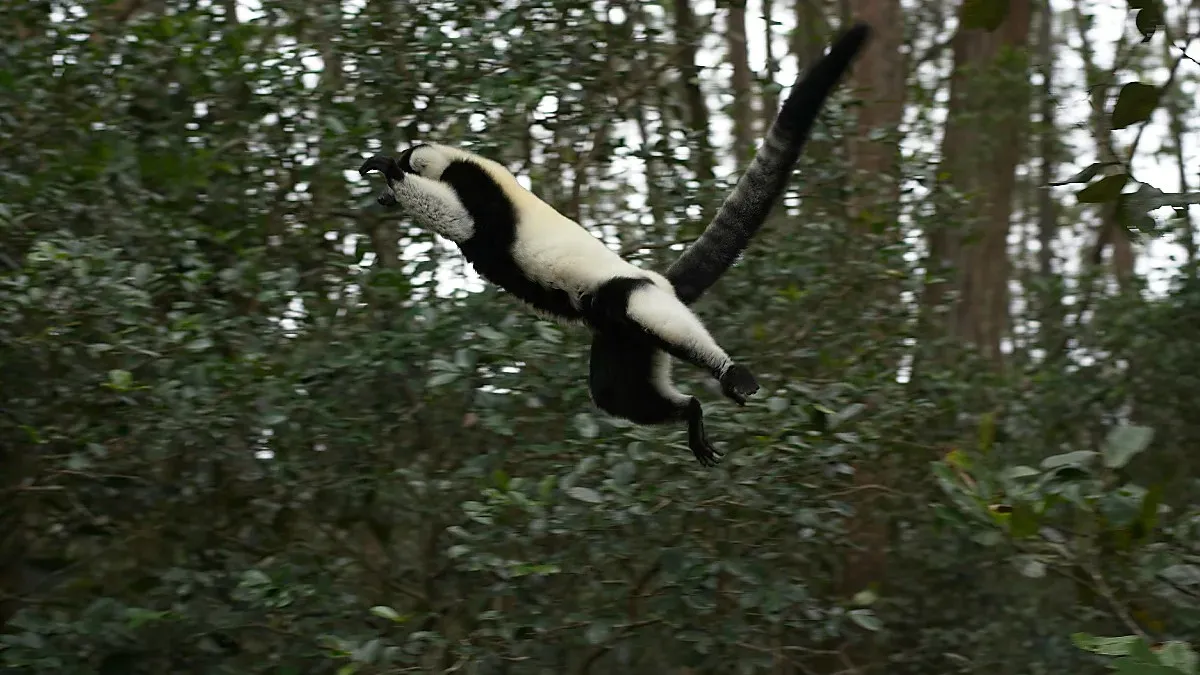
Visiting the island worked out well for us. It allowed Mr. Wanderer and me to get very close to even more lemurs and to see some of the species not generally found in the east. These would have been difficult or impossible for us to see on this trip otherwise. We enjoyed visiting, and the camera captured many beautiful pictures of these cute creatures.
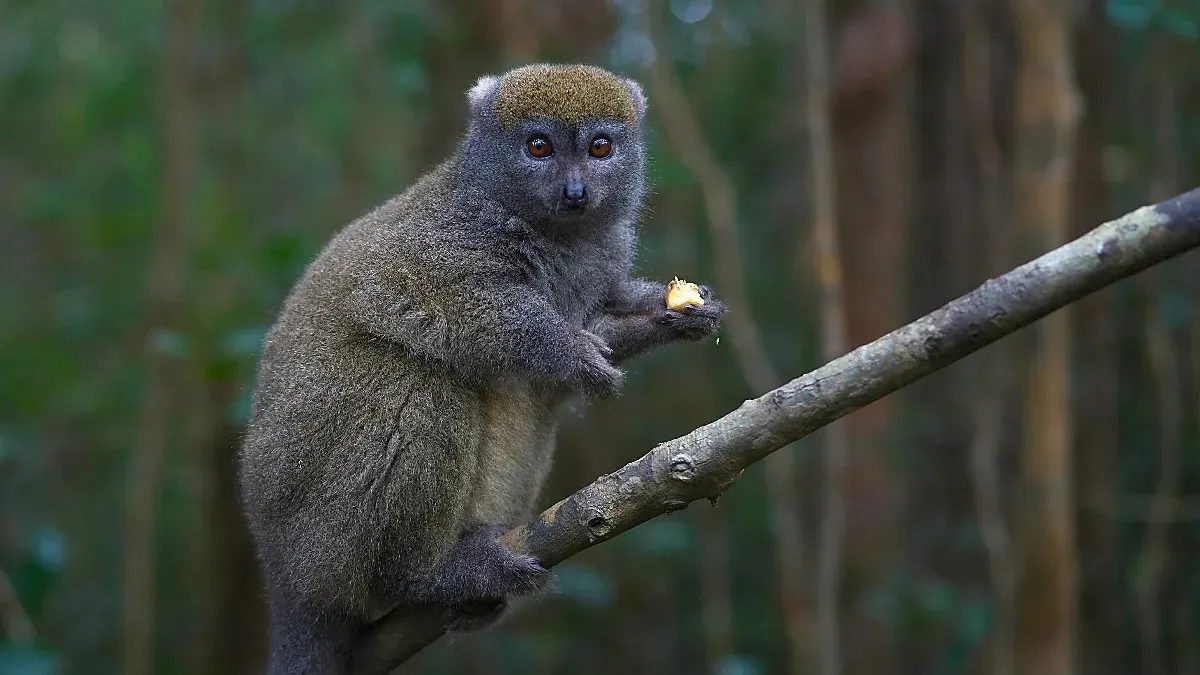
There were more than lemurs that we saw across the Andisibe region. We also caught sight of some chameleons (in multiple different sizes), each hiding themselves along the stem of a plant. A guide also brought us on a "night safari" to try and catch some more reclusive animals - but that was not our lucky night. It looked more like Mr. Wanderer and I following a man with a weak flashlight around the jungle in the black, and the guide occasionally pointing to something that would freak out at the abrupt light shining in its face and quickly dart away.
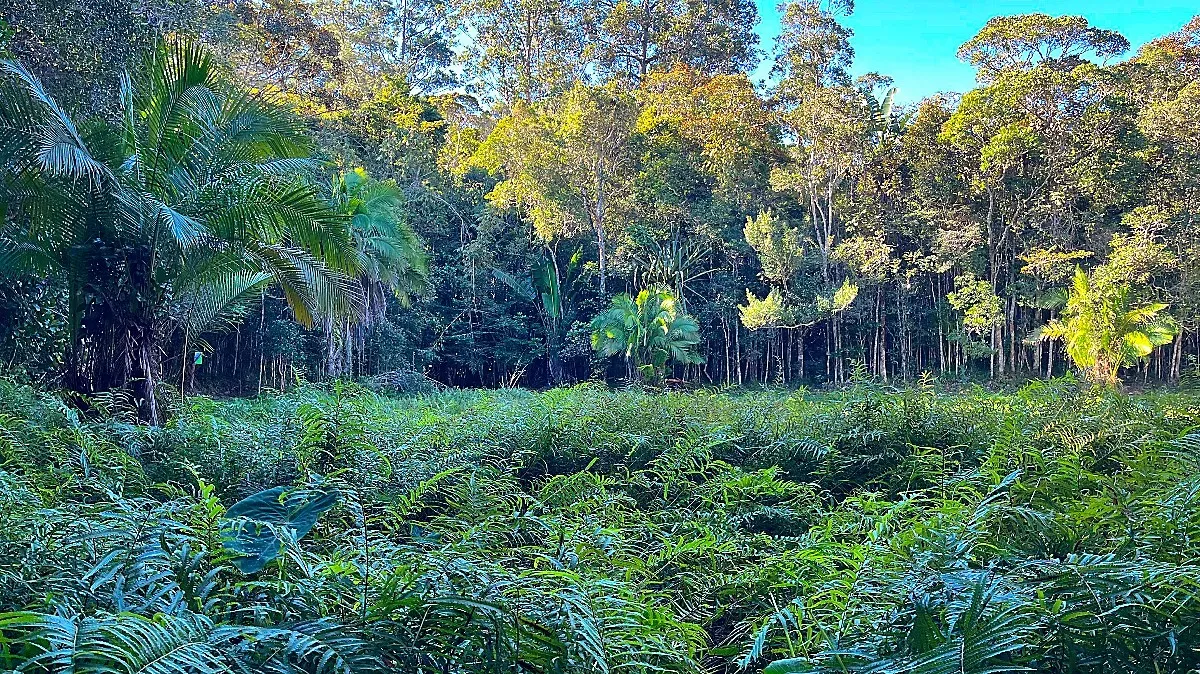
We were sad when it was time to take the bumpy road back into Antananarivo. The city was the opposite of the forest in that it was crowded and overstimulating. It was fascinating to see the remnants of the historical colonial architecture and even some antique cars still banging their way down the streets. There were many street vendors that we passed and interacted with, plus some sweet people who helped us try some Malagasy cuisine.
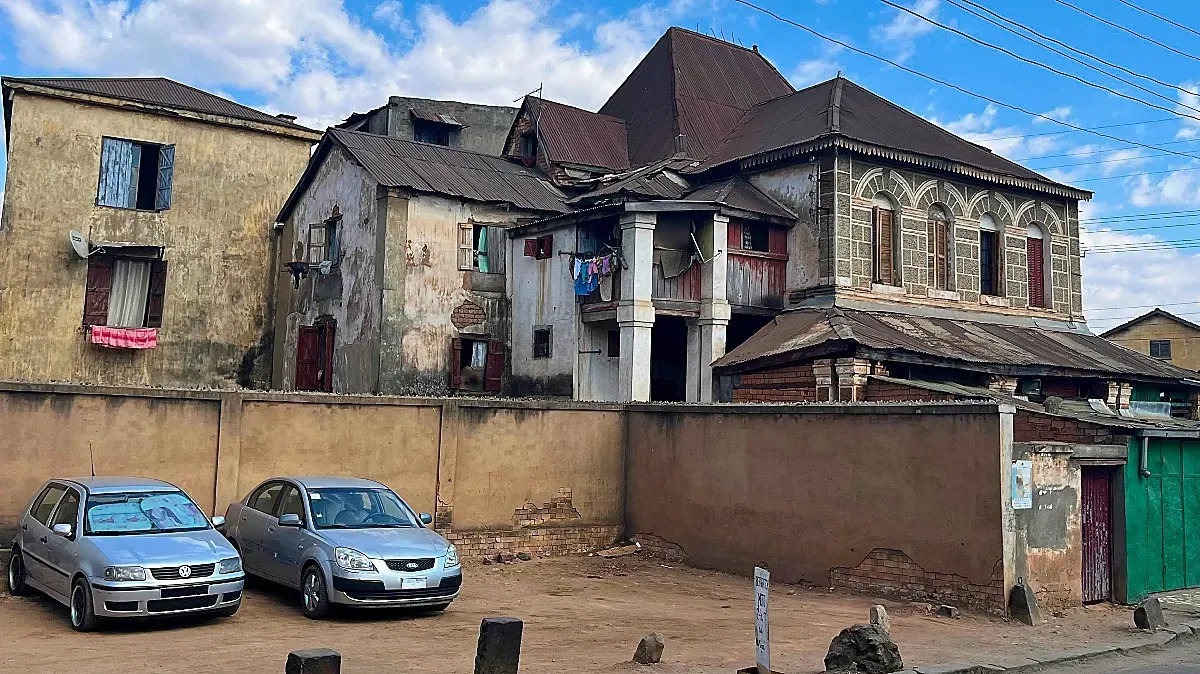
Mr. Wanderer has been dreaming of visiting Madagascar since the days of Zoboomafoo. We have both been holding a great deal of excitement anticipating our visit here, and we were thrilled. The lemurs were just as engaging and entertaining as we could have hoped. There is so much more to Madagascar, too, that we did not catch on this visit, but it is time for us to move on. Our next stop is known as the "Perfume Isles" in part due to their extensive ylang-ylang exports (a flower famously used in Chanel No. 5). Any guesses where we are off to next?
